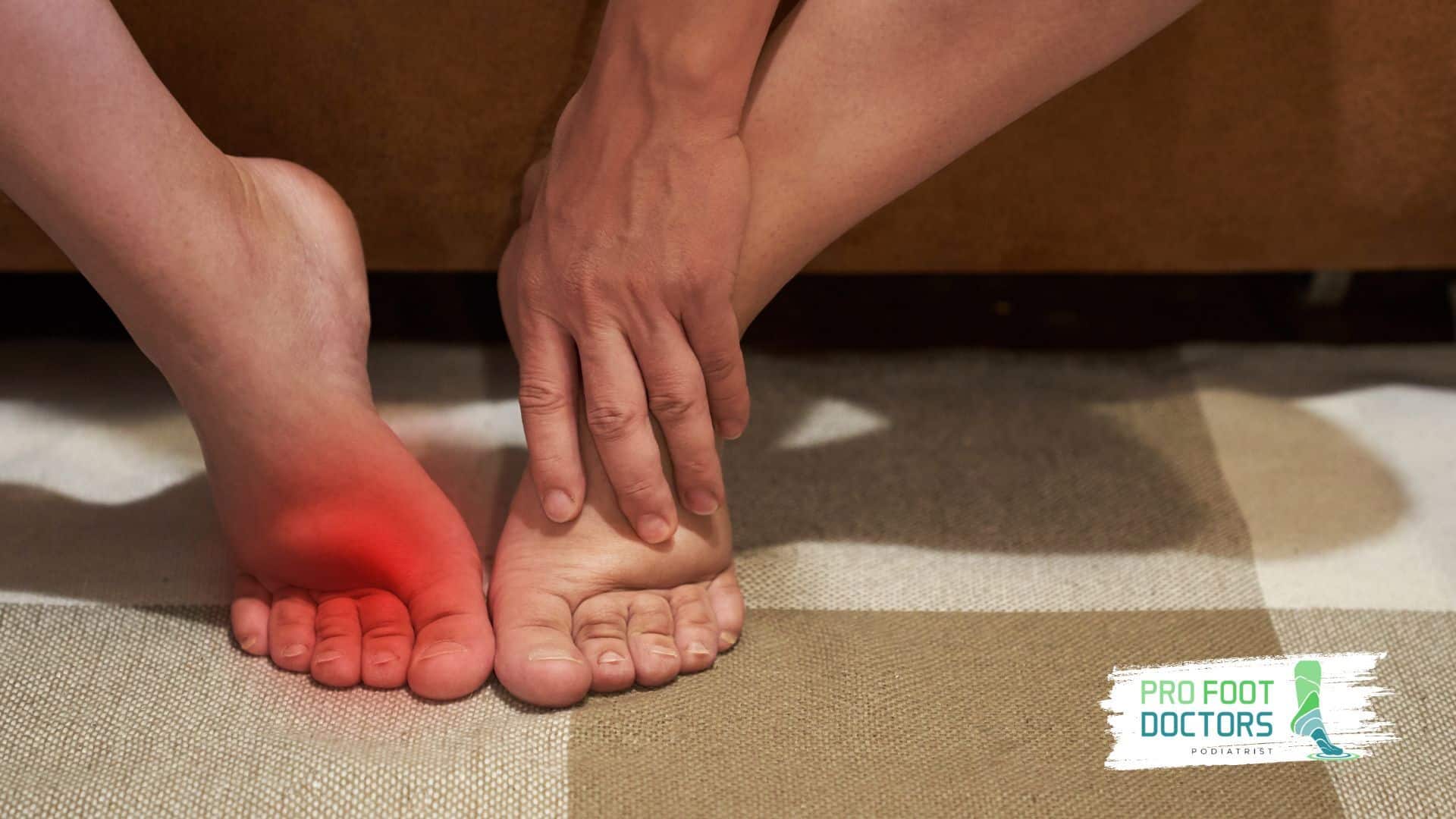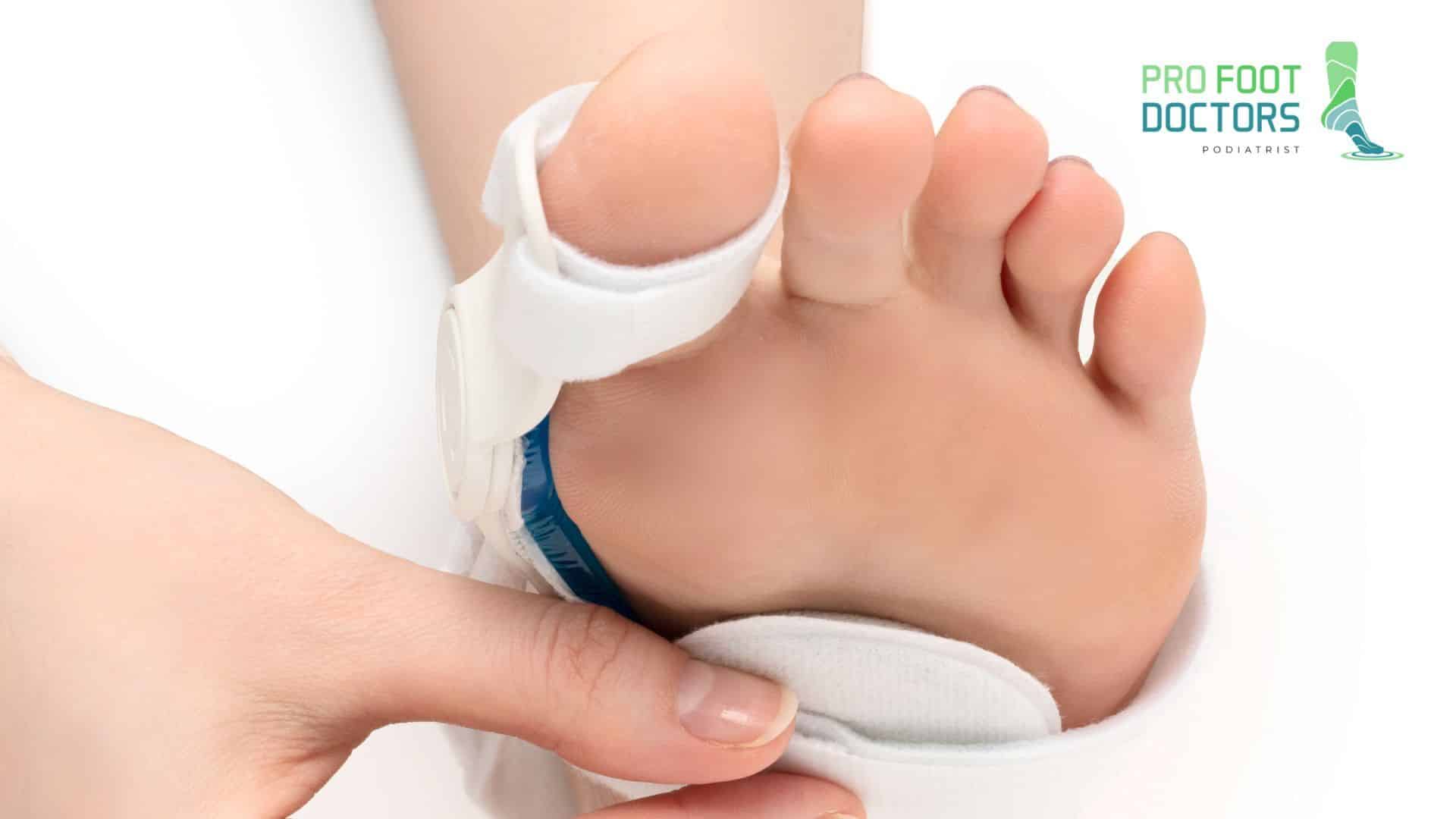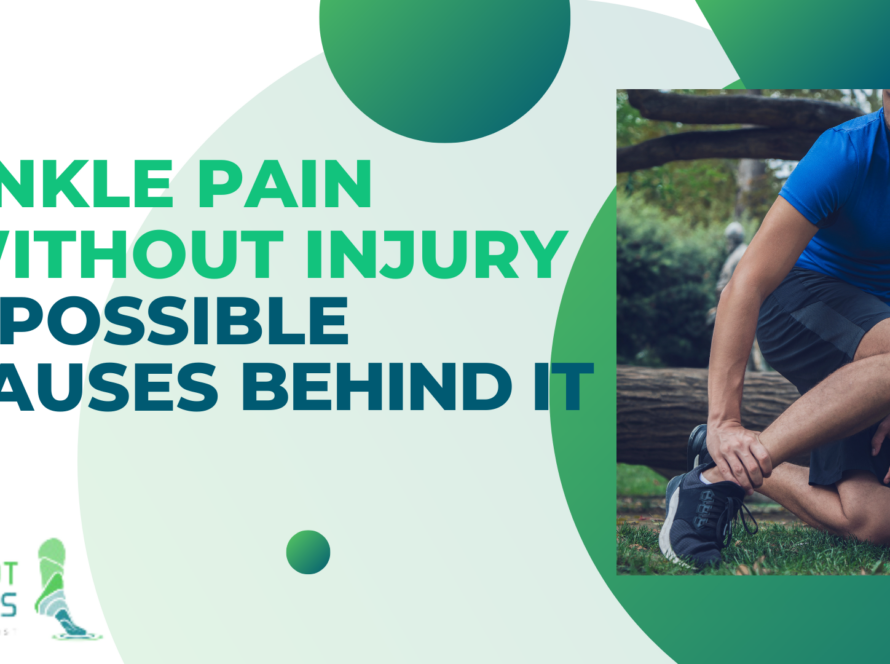You are more likely to get arthritis as you age. This condition’s joint deterioration can result in discomfort, edema, and physical changes in your ankles and feet.
Given how common arthritis is all throughout the world, everyone should be aware of its symptoms. It is, in fact, the most prevalent disability in the US. According to CDC, over 54 million Americans, or 23% of adults are estimated to have arthritis. Although arthritis can affect every joint in the body, it is more common in the feet and ankles because of the constant strain those areas suffer throughout our lifetimes. Arthritis becomes increasingly more common as people age.
So, how can you know what living with ankle arthritis looks like? Let’s find out.
What is Arthritis in Your Foot or Ankle?
Inflammation in one or more of your joints is known as arthritis. It is frequent in the tiny joints of the foot and ankle. Arthritis can cause pain and stiffness in any joint in the body.
Arthritis constitutes a subcategory of joint diseases that is greatly diversified, including more than one hundred types. All types of arthritis make walking, as well as performing delightful activities, rather difficult.

What is Stage 4 Ankle Arthritis?
The final and most severe stage of ankle arthritis is stage 4 arthritis. This entails considerable wearing out and injury on the ankle joint coupled with pain, inflammation, and reduced mobility.
In stage four of the disease, the cartilage which acts as a shock absorber on the bones is nearly damaged. This results in the rubbing of bones against each other and makes movement very painful.
What Are The Signs of Arthritis in Your Feet?
You can catch early stage arthritis in feet if you look for some of these common symptoms:
Pain
One of the earliest signs of arthritis in the feet or ankles is pain. This could be more of a dull ache than a burning feeling. If arthritis is the cause of the discomfort, it will usually get worse the more you use the afflicted joints.
Ideally, one should try to wiggle their joints gently, even if it is painful to do so. Refrain from performing exercises that stress the joints, such as running, leaping, and sprinting. However, you should try to exercise more by participating in less straining activities such as cycling, walking, or swimming.
If the pain is unbearable, you can consult a Podiatry specialist.
Stiffness
Joint stiffness is a common indicator of arthritis. You will feel as though you have less range of motion as your joints tighten. If you have seen a recent decline in your mobility, watch out for additional arthritic symptoms.
In contrast to arthritis pain, arthritis-related stiffness actually gets better with movement. Even though there are numerous conditions other than arthritis that may lead to joint stiffness, if your range of motion seems to be restricted at rest and increased during movement, this is a good sign that the stiffness in your feet is connected to arthritis. You will probably find that the stiffness is worse in the morning when you first get up because ankle pain at night while resting gets increased.
Swelling
Some of the common things that patients suffering from arthritis notice include swelling of the joint. This may be aggravating if you have arthritis in your feet or ankles because it may cause pain in the shoes. Contact a healthcare facility to help you if you have swollen feet with pain and stiffness.

What is The Cure For Arthritis in the Ankle?
If you’re wondering if ankle arthritis can be cured, then the answer is no. Although there isn’t a cure for arthritis, there are some therapies that might reduce the discomfort and restrictions it can bring about in your daily life.
Non-Surgical Care
The first line of ankle arthritis treatment is usually nonsurgical. Your physician might suggest a variety of therapies. Make a few adjustments to your daily routine to help reduce arthritis pain.
-
- Do not do any high-impact exercises.
-
- Switch to lower-impact ones like swimming or cycling.
-
- Reducing body weight may lower joint tension and lead to improved function and decreased pain.
Physical Care
Certain exercises can help improve the muscle strength in your foot and ankle and increase flexibility. A physical therapist can work to create a customized fitness plan that fits your needs and lifestyle.
While physical treatment frequently relieves the strain on arthritic joints, there are situations where it makes joint pain worse. This happens when the arthritic joints get more and more inflamed with activity. Your doctor will discontinue physical therapy if it exacerbates your joint pain.
Assistive Devices
A type of brace that can increase mobility is the ankle-foot orthosis. You can prevent your foot from being placed under excessive stress by wearing custom-made shoes with rocker bottoms and stifled soles. You can also use a special insole in shoes, known as orthotic shoe inserts for comfortable movement.

Medicine
Inflammation and pain could be reduced by taking non-steroidal anti-inflammatory drugs like ibuprofen and naproxen. Further, there is cortisone, a very powerful anti-inflammatory drug that can be injected into the joints affected by arthritis. It can help with post-traumatic arthritis in the ankle. While a cortisone injection helps in reducing inflammation and relieving the pain that the patient is feeling, its effect only lasts for a short period. It will not help with severe ankle arthritis.
Surgical Treatment
If nonsurgical treatment fails to relieve your discomfort and it becomes a disability, your doctor may suggest surgery. In case you show symptoms of end-stage ankle arthritis, surgery becomes inevitable. The kind of arthritis you have, where it is located, and how it affects your joints will all determine the kind of surgery you need.
FAQs
What are the ankle rheumatoid arthritis symptoms?
Some symptoms of ankle rheumatoid arthritis include ankle pain, stiffness, and edema. You may feel discomfort while walking if you have this condition.
What is the most common type of ankle arthritis?
Osteoarthritis is the most common type of arthritis that affects your feet and ankles. It will decrease your mobility and cause pain with every step you take.


